
by: SEO Strategist
Ashot Nanayan
Ashot Nanayan is the CEO and Founder of DWI and a seasoned SEO strategist. With a proven track record of...
All Articles by Ashot Nanayan
Updated July 31, 2025
10 min. read
The global concepts of link-building are the same everywhere, from eCommerce stores to healthcare and local businesses. However, each business model requires a unique approach, strategic thinking, experience, and perspective.
Generally, I’m involved in national and international link-building campaigns. But of course, being in SEO for such a long time, it would be hard not to work on local link-building campaigns too.
Finally, I found some time to talk about local link-building strategies, tips, and techniques, after running dozens of campaigns with huge passion and putting in a lot of effort and love. If any of my clients read this article, I believe they’ll find at least a small part of a paragraph that reminds them of their business (and maybe they’ll smile).
Life is short, so I want to keep things short. Let’s see if today you can walk away with something useful for your business or your client’s.
| Strategy | How It Works | Best For | Earning Potential |
|---|---|---|---|
| Local Sponsorships | Sponsor charities, sports teams, or events for a backlink | Building authority & trust locally | ⭐⭐ |
| Local Directories | Get listed in niche, regional, or city-based directories | Small businesses & service providers | ⭐⭐⭐⭐ |
| Hyperlocal News & PR Features | Pitch stories to local media or community blogs | Businesses with newsworthy updates | ⭐⭐⭐⭐ |
| Local Events | Host or participate in events and promote them online | Event-based businesses, nonprofits | ⭐⭐ |
| Local Influencers and Bloggers | Partner with regional micro-influencers for features or mentions | Hospitality, retail, lifestyle brands | ⭐⭐ |
| Guest Posting & Niche Edits | Contribute or insert links in regionally relevant blogs | B2B, professional services | ⭐⭐⭐⭐ |
| Community-Driven Link Exchanges | Collaborate with nearby businesses to support and link to each other | Local partnerships & coalitions | ⭐⭐⭐ |
| Get Featured in Local “Best Of” Lists | Aim to be included in curated top lists (e.g., best cafes in Boston) | Restaurants, salons, gyms, local hotspots | ⭐⭐⭐⭐ |
| Local Scholarship Campaigns | Offer scholarships to students and earn EDU or local backlinks | Long-term brand building & authority | ⭐⭐ |
| Customer-Generated Content & Testimonials | Feature reviews, testimonials, or UGC on your site with attribution | Engaging your existing customer base | ⭐⭐ |
Local sponsorship is when you support a group, event, or organization in your city, like a school, a local charity, or a small sports team, and in return, they mention your business on their website with a link.
Let’s say you’re doing SEO for a dentist in Miami. You find a small local soccer club that runs a tournament every year. On their website, they have a “Sponsors” page, and you see that they link to businesses that donate. That’s a good opportunity.
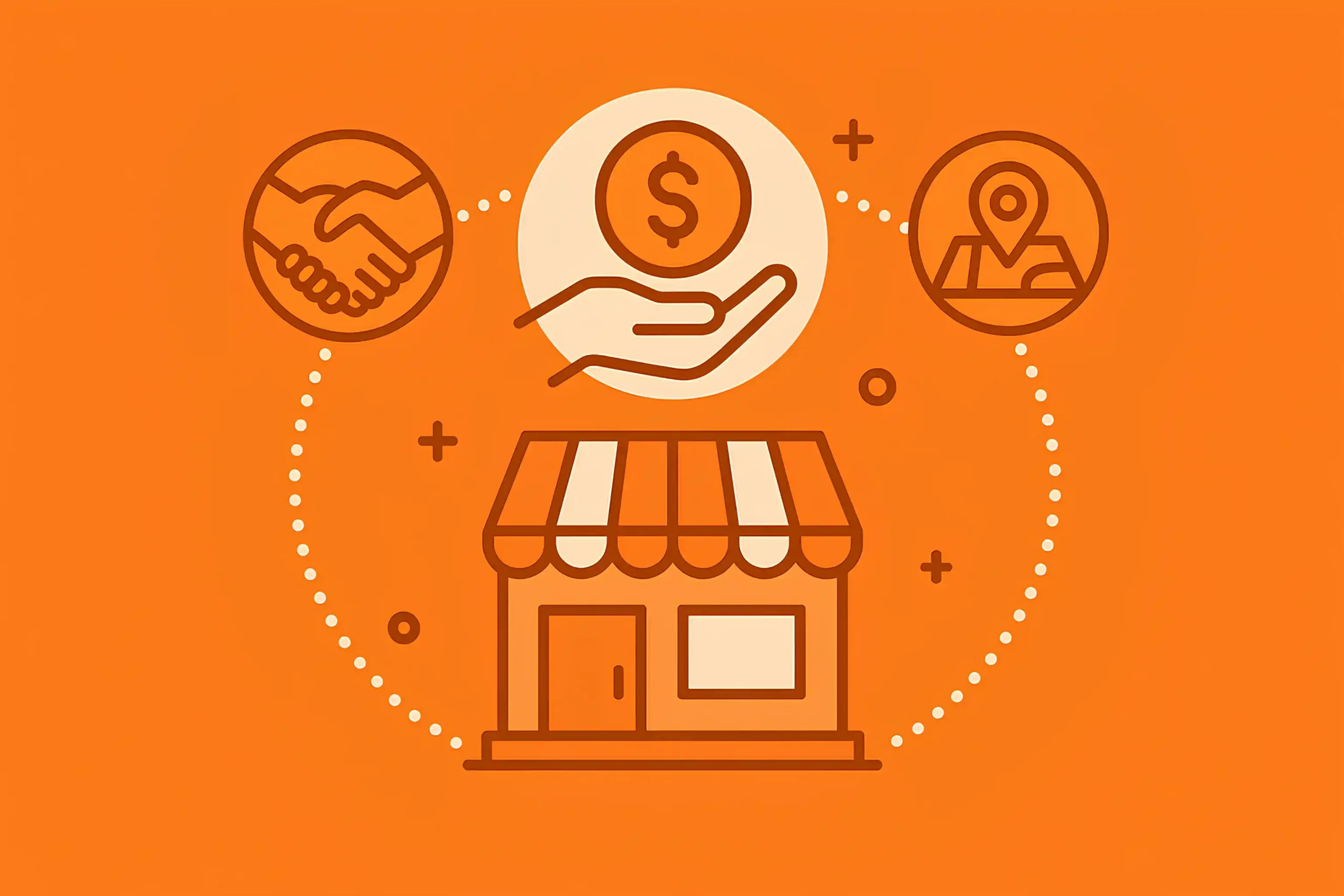
You can message them and say, “We’d like to sponsor your next event. We just want to ask if you include a link to our website when listing sponsors on your site.”
That’s it. Be clear and polite. Most of them will say yes. Some won’t even think it’s a big deal. Based on my experience, about 60–70% of local groups will agree if they already have a website and they’re used to publishing sponsor lists. But the number drops fast if the site is not active, or if they don’t really update it.
Here’s what to check before you waste time:
How much time does it take? Usually, you can find and reach out to 10–15 potential sponsors in 2–3 hours. Out of those, maybe 5 reply, and out of those, 2–3 might say yes, if you also offer a small donation, say $100–$300. Not expensive, in my opinion.
Always ask where the link will appear. Some websites bury sponsor links deep in the footer or a PDF. That’s not helpful. Ideally, it should be on a public page that people can click and Google can crawl.
I’m sure you’ve already heard many times that local directories are very important for local SEO, even if some people don’t talk much about them anymore. Sometimes, one good local listing that includes your website and matches your business info can be more useful than five low-quality contextual links.
Of course, not all directory links are great. Many of them don’t give a dofollow link (the kind that passes link-juice directly). Some are just listed in a side column or a big list with other companies.
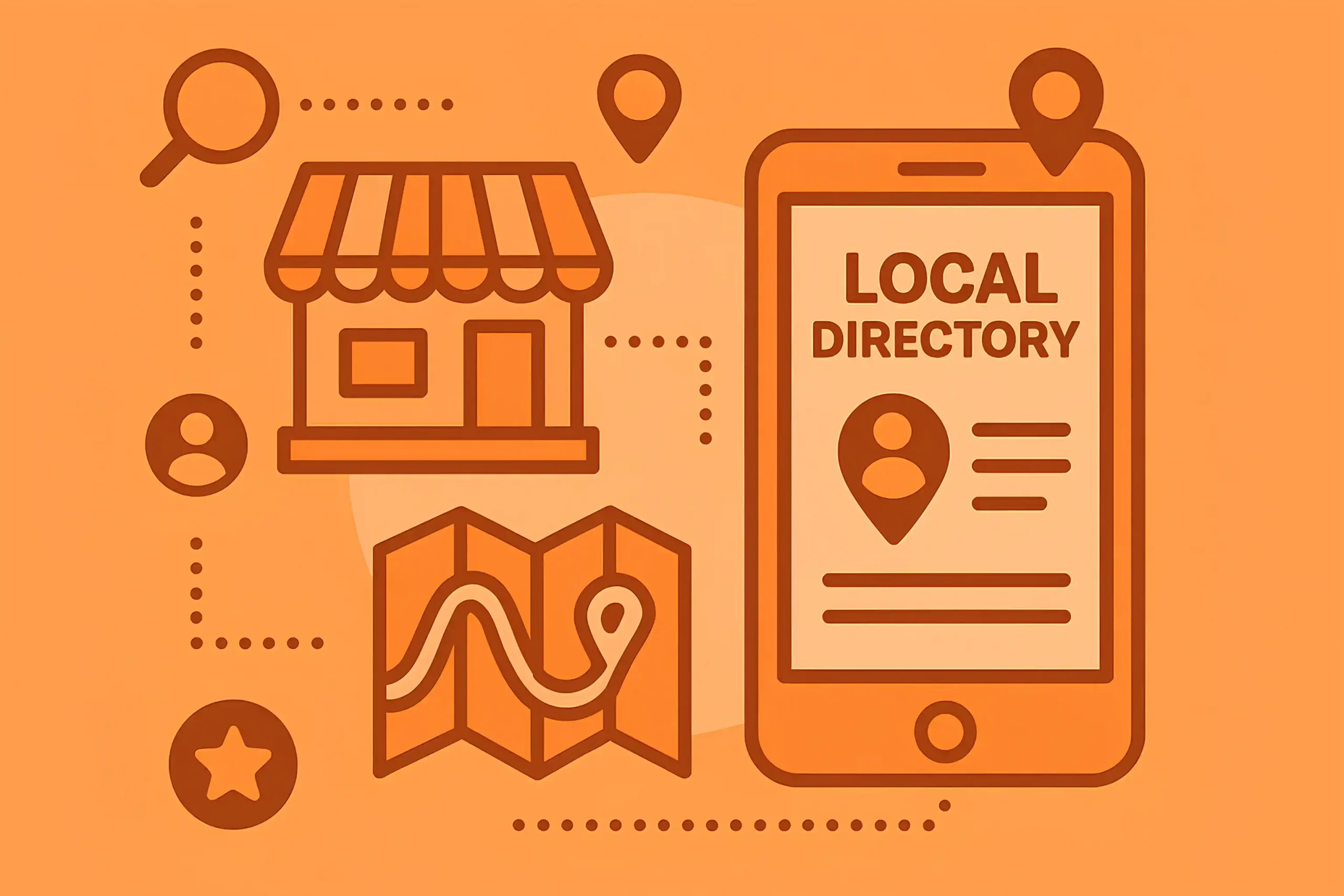
The thing is that most local companies try to add their business info only to local directories (the city-level ones), but who said that national directories are worthless? I mean, if your business is in Chicago, and you get listed on a national site like YellowPages.com, that’s also great, and it’s still a signal to Google about where you operate.
Instead, it’s better to consider the relevance. For example, if you’re doing SEO for a local healthcare provider, getting listed on a local or national directory is great. But getting listed on a health-related directory is even better, because it matches both the service and the city.
I’d also recommend not ignoring industry groups or business associations. For example, a dental association that has a “Find a Dentist” feature is very useful. It shows Google that you’re part of a verified, real organization.
If you’re doing this manually, start by thinking like your customer. Search for things like:
Open the top results and check if the sites list local businesses and offer links. If they do, that’s a potential opportunity.
Another easy trick is to Google your competitors. Search their name and check where they’re listed.

You’ll often find their profiles on directories you might have missed. Tools like Ahrefs, Semrush, or BrightLocal can help you spot these listings by analyzing their backlinks.
For example, BrightLocal has a “Citation Tracker” feature that shows where your business is listed and where your top competitors are listed. It compares both and gives you a list of directories you’re missing. It’s not perfect, but it saves a lot of time.
You can also use Whitespark, which has a “Local Citation Finder.” You type your industry and location, and it shows directory sites that are already linking to similar businesses in that area.
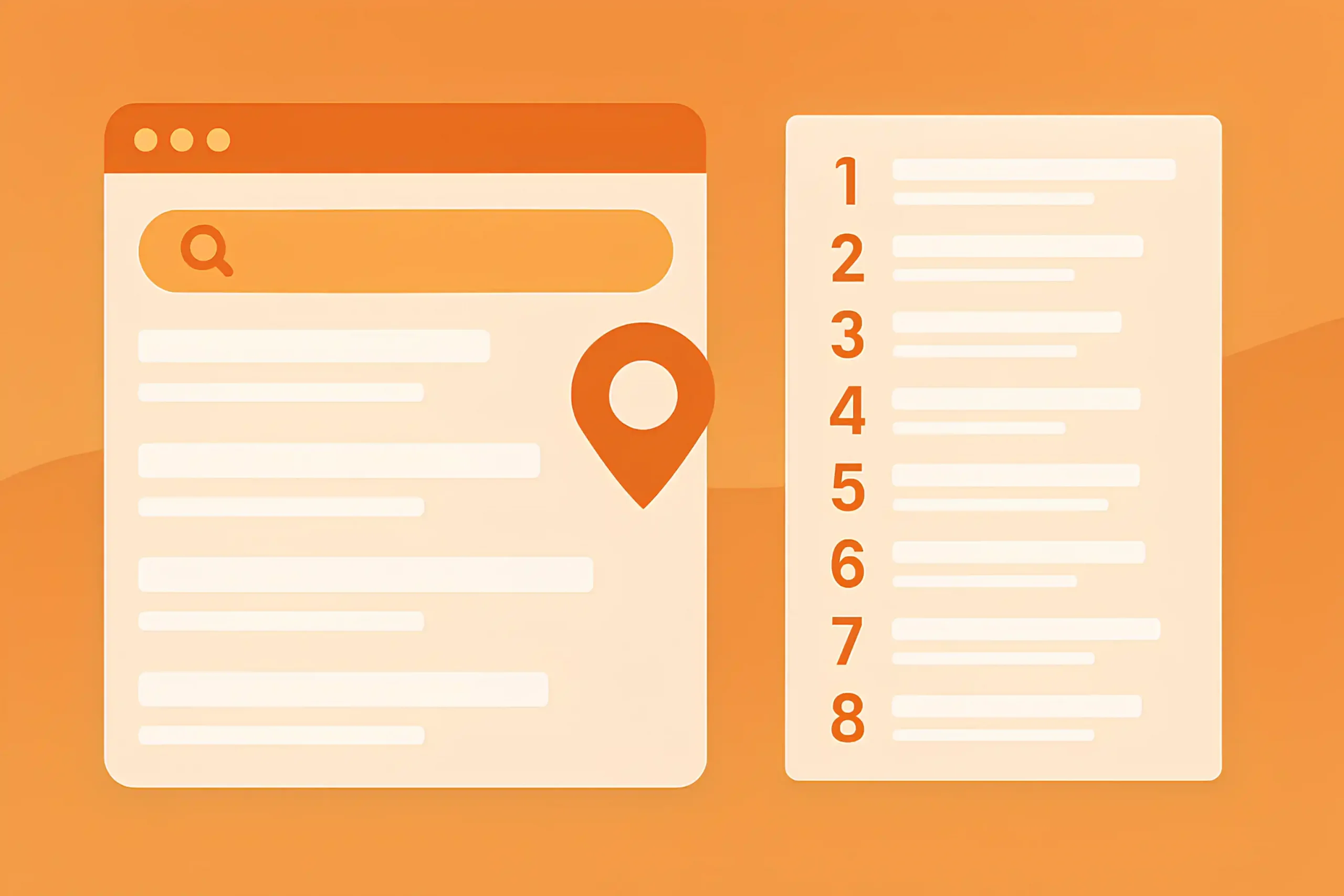
You can start with free listings like Yelp, Facebook, Yellow Pages, and Google Business Profile. But of course, many local directories ask for money to list your business. Prices can range from $30 per year to over $200, depending on the site, niche, and location.
If you want to earn strong backlinks and long-term rankings in local SEO, try to get featured in hyperlocal news websites or PR articles. I personally know many local law firms, dentists, and even home service companies that have ranked for years, just because they earned two or three PR backlinks from one or two city-based news websites or local media outlets.
These types of links do two things at once: They bring trust from Google because they come from real, recognized media. They generate traffic, often from people in your area, which boosts user signals over time.
You don’t need to be a PR expert. But you do need to understand what local news editors care about. First things first, they’re not looking to promote your business (keep it in mind, forever). They’re looking for stories. So don’t pitch “Hey, we opened a new office.” That’s not news. Instead, try:
Simple tip: read a few articles from that local news site first. Understand the tone and the kind of stories they run. Then match your pitch to that.
When reaching out, don’t send long emails. Keep it short, personal, and useful. Say something like:
Even if they don’t write a full article, they might include your quote in another piece or mention your business with a link.
Let’s say you’re a personal injury lawyer in Denver. Here’s what might get picked up:
All of those are local, useful, and newsworthy. That’s how you get covered.
Now, about HARO.
HARO (Help A Reporter Out) is a platform where journalists ask for expert quotes, and you can reply with your input. In local SEO, not all your links need to come from local websites.
A backlink from Forbes, Business Insider, or even CNN can still help your local site rank better because authority is authority. Google trusts those sites. If you get a link from them, some of that trust flows to your site, even if it’s not about your city.
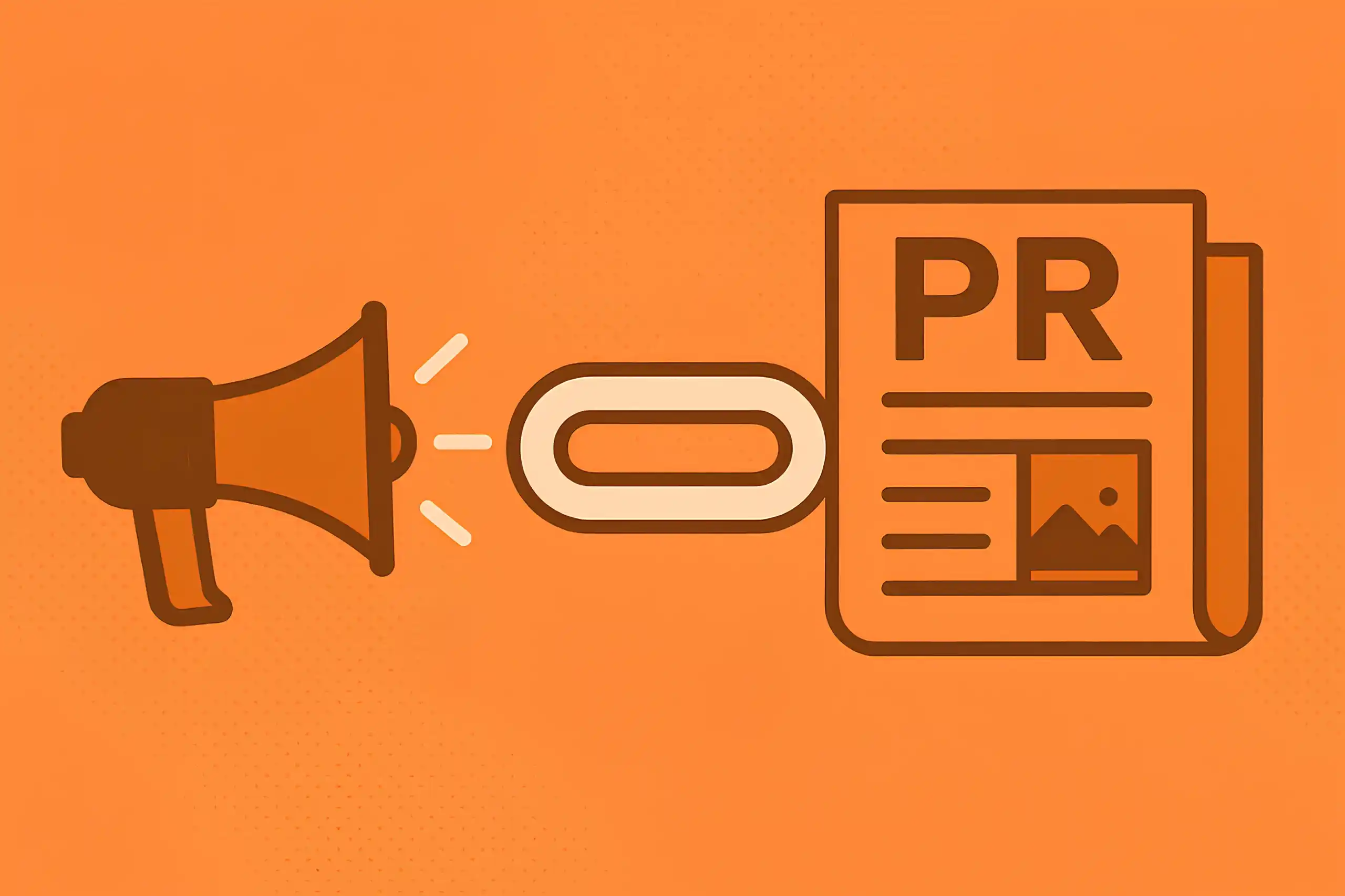
Of course, it’s still great to get links from your own city’s media. But don’t ignore national PR or HARO just because it’s not “local.” Your site’s overall backlink profile, local and non-local, is what helps you build trust and win rankings.
Another option is direct journalist outreach. You don’t need to wait for HARO queries. You can build a small list of reporters in your city and reach out with a thoughtful pitch when you have something worth sharing. Again, keep it short, respectful, and useful.
I wouldn’t say this one’s a common link-building strategy, but if there’s an opportunity, it’s definitely worth trying. It sounds like logistics, schedules, and maybe a few awkward handshakes. But this way, you can create a reason for your business to exist online in places your competitors can’t fake.
So, how does all this work? You run an event, maybe a small workshop, a class, or a local meetup. In return, you get mentioned on event calendars, local blogs, news websites, and maybe even your city’s official website.
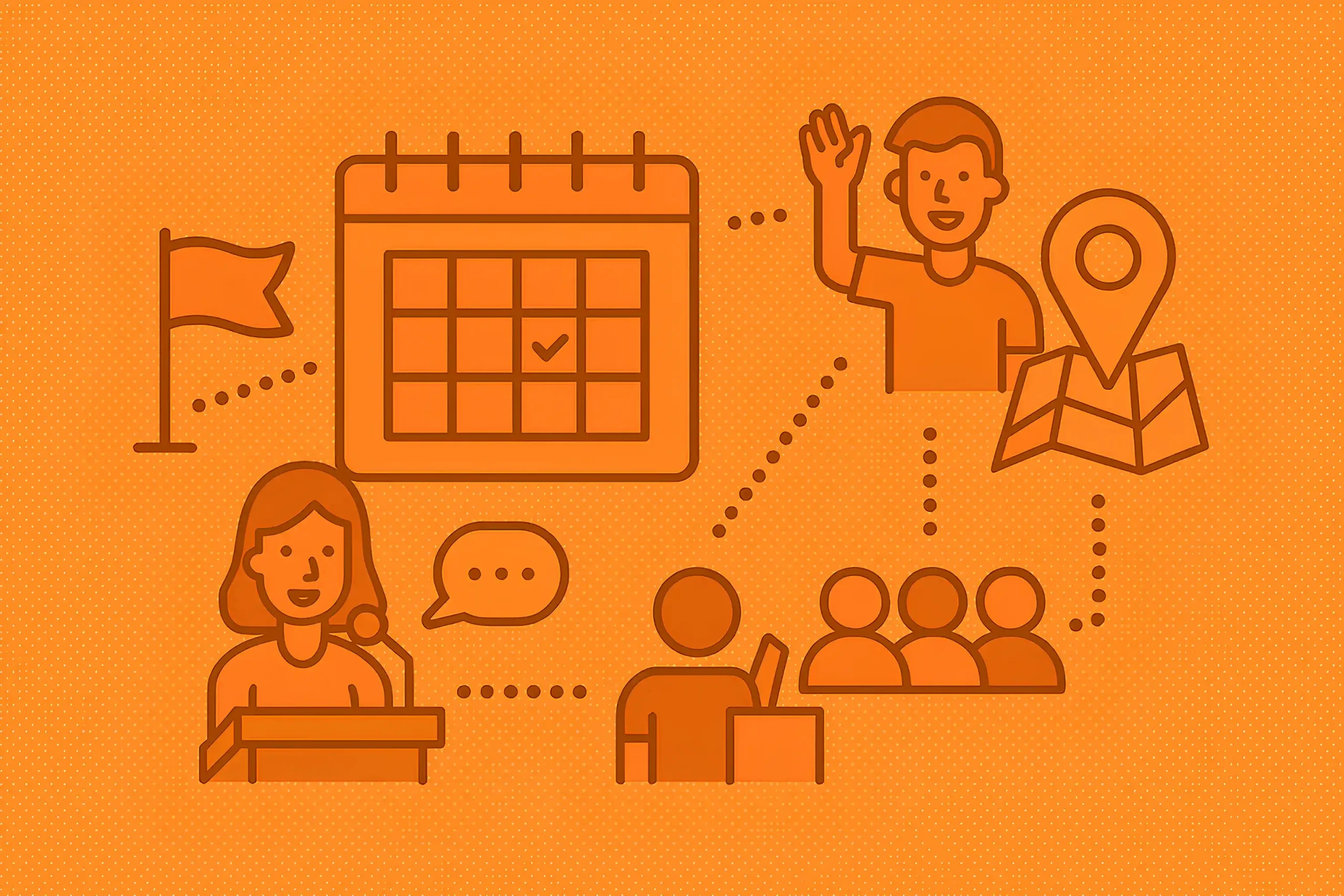
Here are a few ideas:
Once your event is ready, you promote it through event directories like Eventbrite and Meetup (they let you add your site), local community websites and newspapers (they often have free “Submit an event” forms), partner sites like schools, nonprofits, or libraries (if you co-host, they’ll publish it too), and even local blogs or influencers who cover what’s happening around town.
Even a link from a small city blog or a PTA website is 10x more valuable for local SEO than a generic blog post on some random domain. If you record it or post photos afterward, that becomes another blog post, social post, and backlink opportunity.
You can also use Google Alerts to track local media stories. See what kinds of events other businesses are running, and what gets coverage. In my opinion, most local businesses will never do this. That’s your advantage.
I’m talking about local bloggers and content creators who run websites, not influencers on Instagram or TikTok, but people who write, publish, and own a website connected to their city.
When I do prospecting or organize the overall backlink outreach campaigns, I see many food bloggers, lifestyle writers in LA. health bloggers in Austin. I see them all the time. Sometimes they accept guest posts or sponsored content, sometimes even niche edits, meaning you can get a link added to an existing article.

I think they’re not typical “link sellers.” They usually have clear guidelines. They avoid AI content. It means their sites are cared for, which also means their backlinks carry real weight.
Believe me, everything is very easy. Start by doing a few Google searches like:
Once you find a few, check their websites. See if they have a “work with me” or “advertise” page. That’s often where they explain their terms. Some will say upfront if they accept sponsored content or guest posts.
You can also use tools like Ahrefs, BuzzSumo, or even Google Sheets + search operators to build a list. But honestly, manual analysis often works best.
Yes, many of these creators charge a fee, and that’s fine. But don’t assume it’s the only way in. Here are a few alternatives:
Most bloggers care about content and audience first, so pitch something thoughtful, not just, “Hey, can I pay for a link?”
Set your expectations right. Not all bloggers offer dofollow links. Some may say up front, “We only do nofollow for paid posts.” Also, don’t expect big traffic from one post. The value here is in relevance and trust, and over time, the site might keep growing, which means your link keeps gaining value too.
If they let you write the content, write something useful, not promotional. You don’t need to hard-sell. You just need the link to be natural and relevant.
No matter what you do in SEO, you always come back to editorial links, and guest posting and niche edits are still two of the most effective, long-lasting ways to earn them.
It doesn’t matter whether you’re earning the link by offering great content or paying for placement on a high-quality site; what matters is how well you understand the full link-building playbook, how naturally you can fit your links into it.
Does that mean every link should come from a local site? No, it’s a mistake to think so. If you try to get only local links, in a few days, you will notice that the opportunities are not endless.
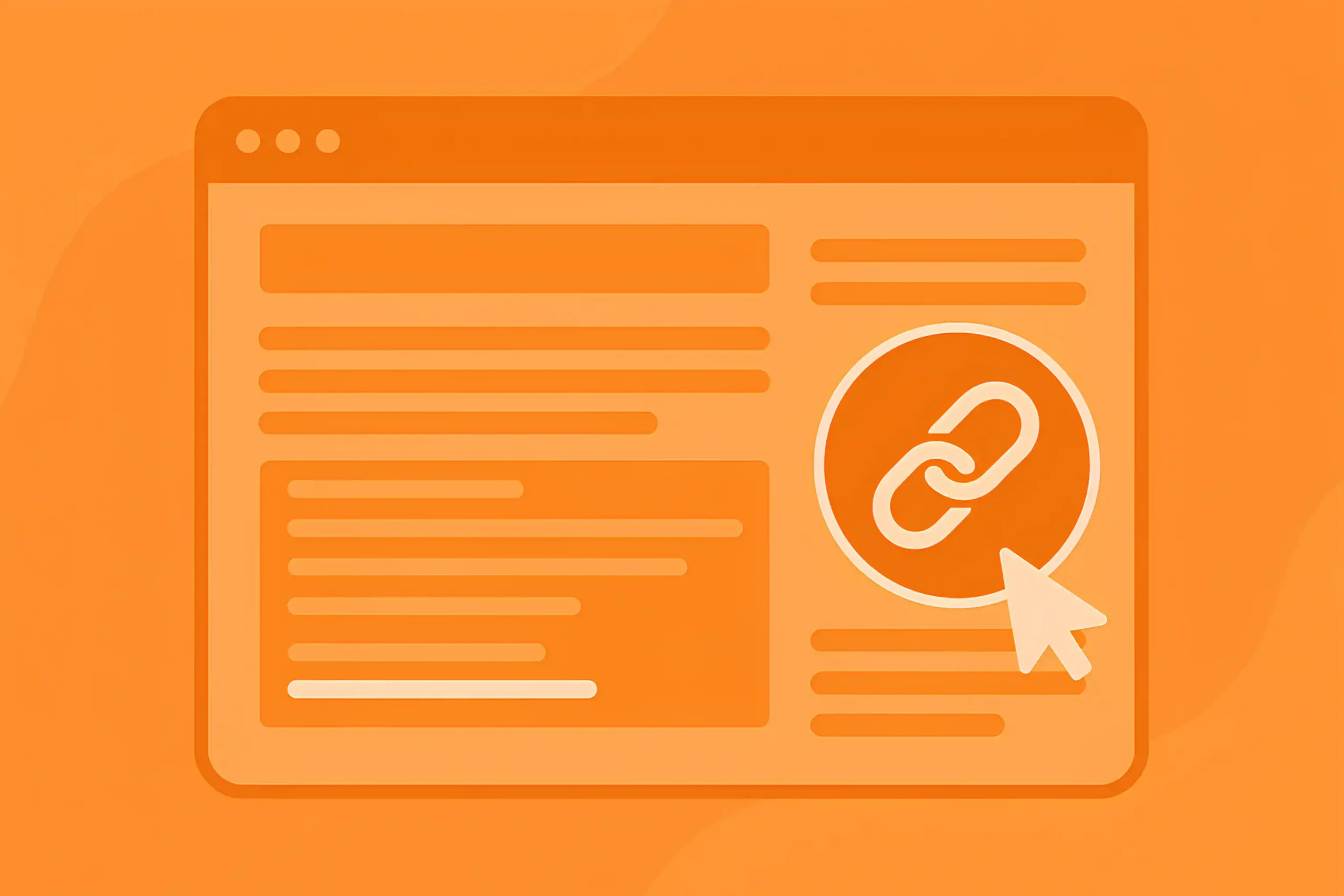
For example, if you’re writing a guest post for a national or general blog, mention your city casually in the post, and link to a service page with a local focus.
If you’re running niche edits campaigns, look for existing articles about your niche that mention a city or region; it doesn’t have to be yours. Ask the site owner if they’re open to inserting a short local tip from your business and linking to your local page.
Run competitor backlink analysis through Ahrefs or Semrush. Look at their backlinks. I’m sure you will find some interesting gaps.
If you’re not a link-building specialist, don’t even think about link exchanges unless you fully understand how it works, especially two-way direct link exchanges (meaning: “I’ll link to you, you link to me”). Google can catch that pattern fast, and when they do, it’s not just the links that get ignored; your entire site can get penalized.
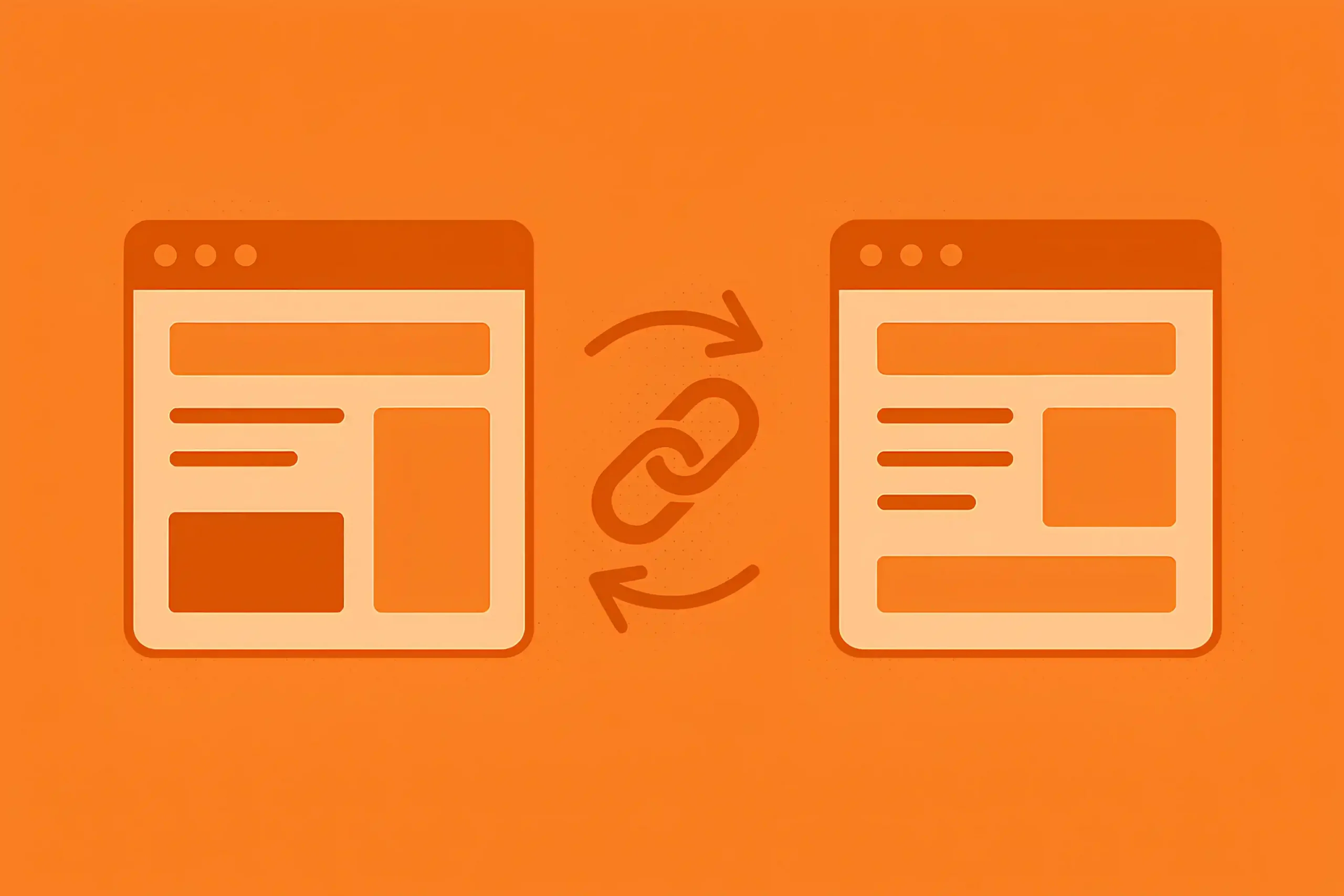
I mean, doing one or two here and there, between relevant, trusted websites, is fine. It happens naturally all the time. But if you start building a network of obvious link swaps, especially with random Private Blog Networks or link farms, you’re playing with fire.
Instead, you can do a three-way link exchange. Here’s how it works:
So no one’s linking directly back to the person who linked to them, and to Google, it doesn’t look like a clean swap, because technically, it isn’t.
There are a few Slack groups, Facebook groups, and even private Notion databases where marketers exchange link opportunities. You can also just reach out to fellow SEOs in your network and ask if they’re open to collaborating on multi-way swaps.
It’s just very important to understand how to evaluate your opportunities, and instead of focusing on common manipulative metrics like Ahrefs DR or Moz DA, pay attention to more important stuff like organic traffic, top pages, traffic history, and the overall brand.
If you’re new to this, I’ve got a guide that walks through the safe ways to do this.
According to link-building statistics, 86% of geo-specific blog posts, like “Best Coffee Shops in Austin,” receive at least five local backlinks within the first six months.
For example, if you run a small bakery in Chicago, and a local lifestyle blog publishes a post titled “7 Must-Try Bakeries in Chicago This Winter, it’s a great opportunity for you. People who read the post and want to try something new click your link.
Plus, Google sees your business mentioned in a local context, with a link from a real blog. Other bloggers doing similar research might find that list and link to it too. Finally, the page ranks, your name appears in the top results, and you get natural exposure without needing to pitch a thousand websites.
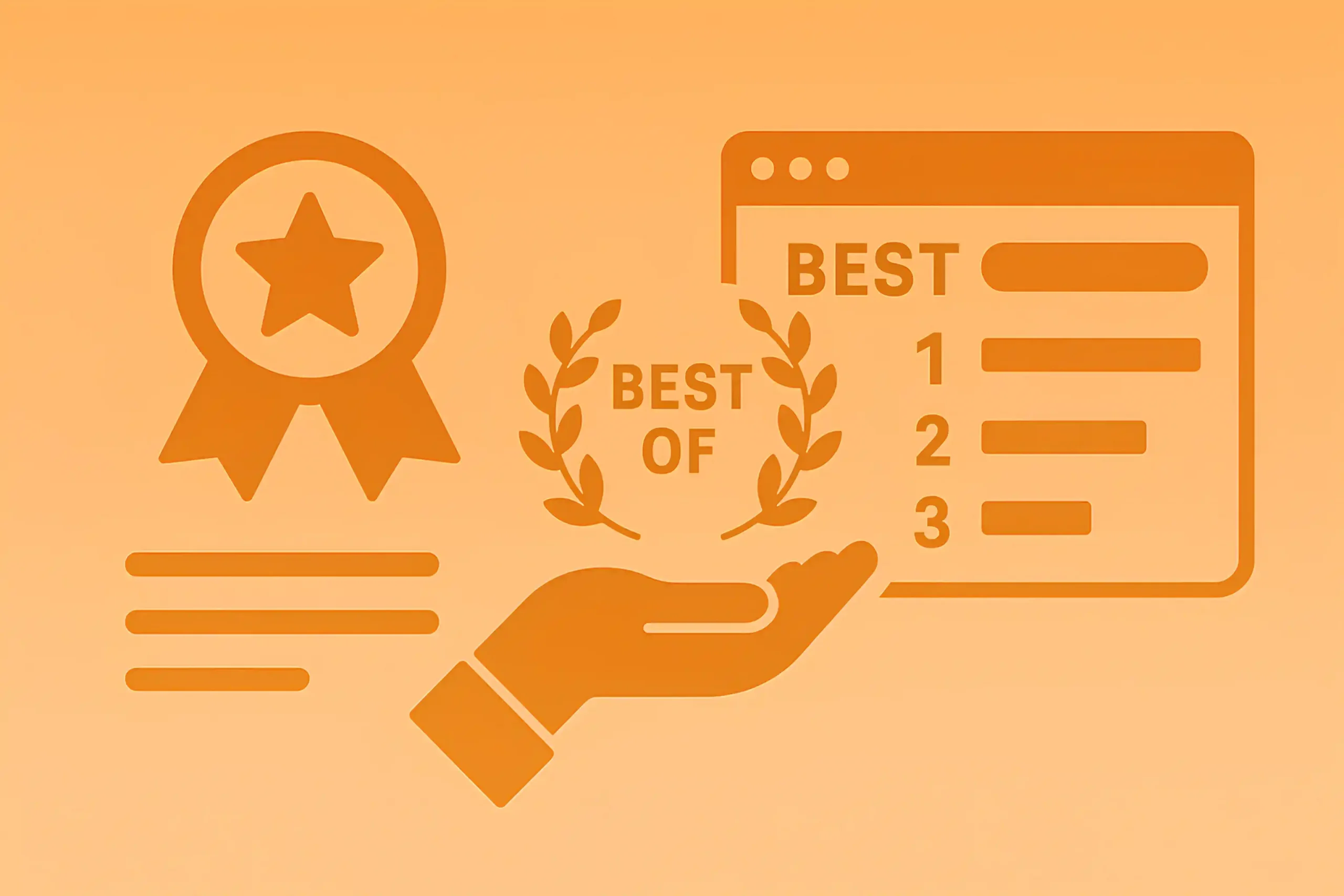
That’s the power of being in a local best-of list. Even if the link is nofollow or marked sponsored, it still helps.
Are you still waiting for a miracle?
Open every result on pages 1 and 2. Look at the blogs, magazines, directories, and even personal websites. These are the people already writing best-of content. If you’re not listed, that’s your opportunity.
Now check:
If yes, send a short, friendly email. Something like:
Sometimes, yes, especially if the blog is run by an individual or a small team, it is easy to get featured. They might be open to updates, or even actively looking for new places to mention.
Other times, they’ll ask for a small fee to be added. That’s also fine, as long as the blog is clean and has high-quality traffic.
If it’s a big media outlet (like a city magazine or major lifestyle site), it’s harder. You’ll need to pitch a better story or work through a PR angle. In such cases, if you don’t have a proper link-building budget, it’s better to save your time.
Pro tips: Look for posts that get updated yearly, like “Best of 2024,” then check if the 2023 version is still live. Build a small list in a spreadsheet and check back every few months. Even if you don’t get added now, the door’s open for next time.
Create your own “Best [related business] in [your city]” list on your blog; others might return the favor
Honestly, I’ve never personally run a local scholarship link-building campaign, but I did a lot of research, and I know a few SEOs who’ve done several, and for them, it worked. So I can tell you what it is, how it works, what to expect, and whether or not it’s worth your time. In simple words, a business, let’s say a dental clinic, law firm, or home services company, creates a small scholarship. Usually $500 to $1,000. It’s open to students in their city or region.
Next, they create a page on their site with all the info. Then they reach out to local schools, colleges, universities, and education-related websites, asking them to share the scholarship.

Many school websites, especially .edu domains, have “External Scholarships” pages. These pages often list local or private scholarship opportunities and include a link to the business offering it.
If it works, you can earn links from local high schools or district websites, community colleges, and university scholarship pages.
Of course, not all links will be dofollow, and some may be buried on deeper pages. But they’re still valuable, especially when you’re trying to build domain trust over time.
In my opinion, this isn’t a quick or guaranteed win. Based on what I’ve seen and heard from others. You’ll probably need to reach out to 30 to 50 schools or websites to get a handful of links. Maybe 10–20% will respond, and 5–10% may link.
I’m sure most won’t reply at all, especially at larger universities, but some do. I think in such cases, smaller or local community colleges are usually more open to listing you.
Customer-generated content is exactly what it sounds like: content created by your customers that you can use to build trust, improve your site, and sometimes, earn links.
Testimonials are the most common form. They can work both ways: your customers giving you a testimonial, or you giving a testimonial to another company or service provider.
How to Make It Work in Practice: First of all, you can turn repeat customers into content sources. For instance, if someone’s used your service twice, that’s already a good sign. Ask them if they’d be open to writing a short quote or even filming a 30-second video review. Offer something in return, a discount, a small gift, or a shout-out.
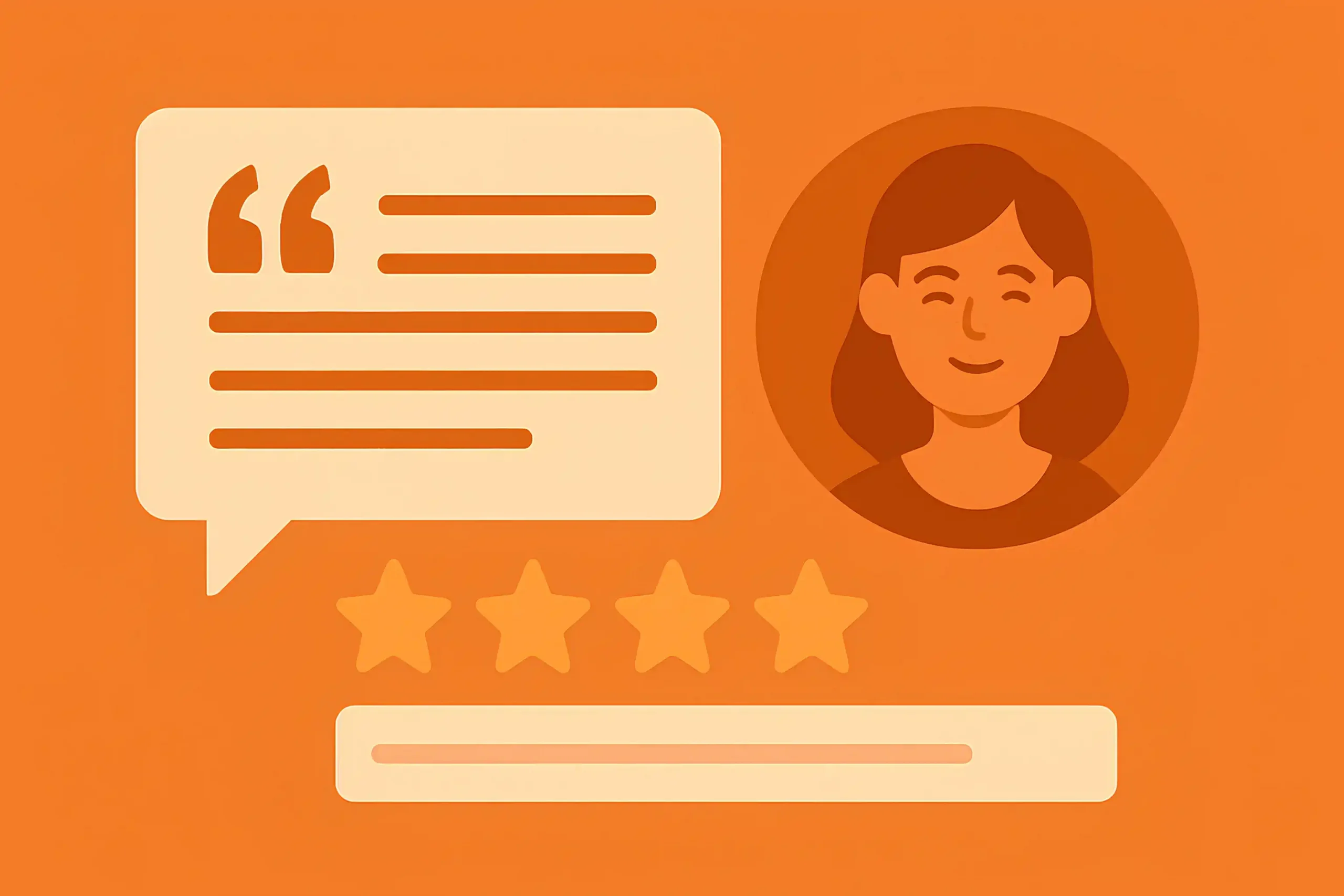
If a happy customer posts a tweet or a Google review that stands out, ask permission to use it on your homepage or landing pages. You can even link back to the source. Sometimes, they’ll return the favor and link back to you when sharing the update.
If you provide a service to local businesses, some of them may have blogs or resource sections. Ask if they’d be open to publishing a short case study or a mention of your collaboration. Frame it around “how we helped you solve this,” and it can become a natural, linkable piece.
In low-competition areas, you can sometimes rank well without link building, especially if you’re the only lawyer in a small town or one of three dentists in a low-populated suburb.
But once you’re in a mid-to-high competition market or even a smaller city with five or more aggressive businesses in the same niche, you need to invest in link-building.
The average cost per link in local SEO usually ranges from $100 to $400, depending on a few things. If you’re targeting a small blogger who runs a clean local lifestyle site, you might pay $100 to $150. If you want to get listed in a well-maintained “Best of [City]” article or place a guest post in a trusted niche site, consider at least $250 to $400, maybe more if it’s a national site with location relevance.
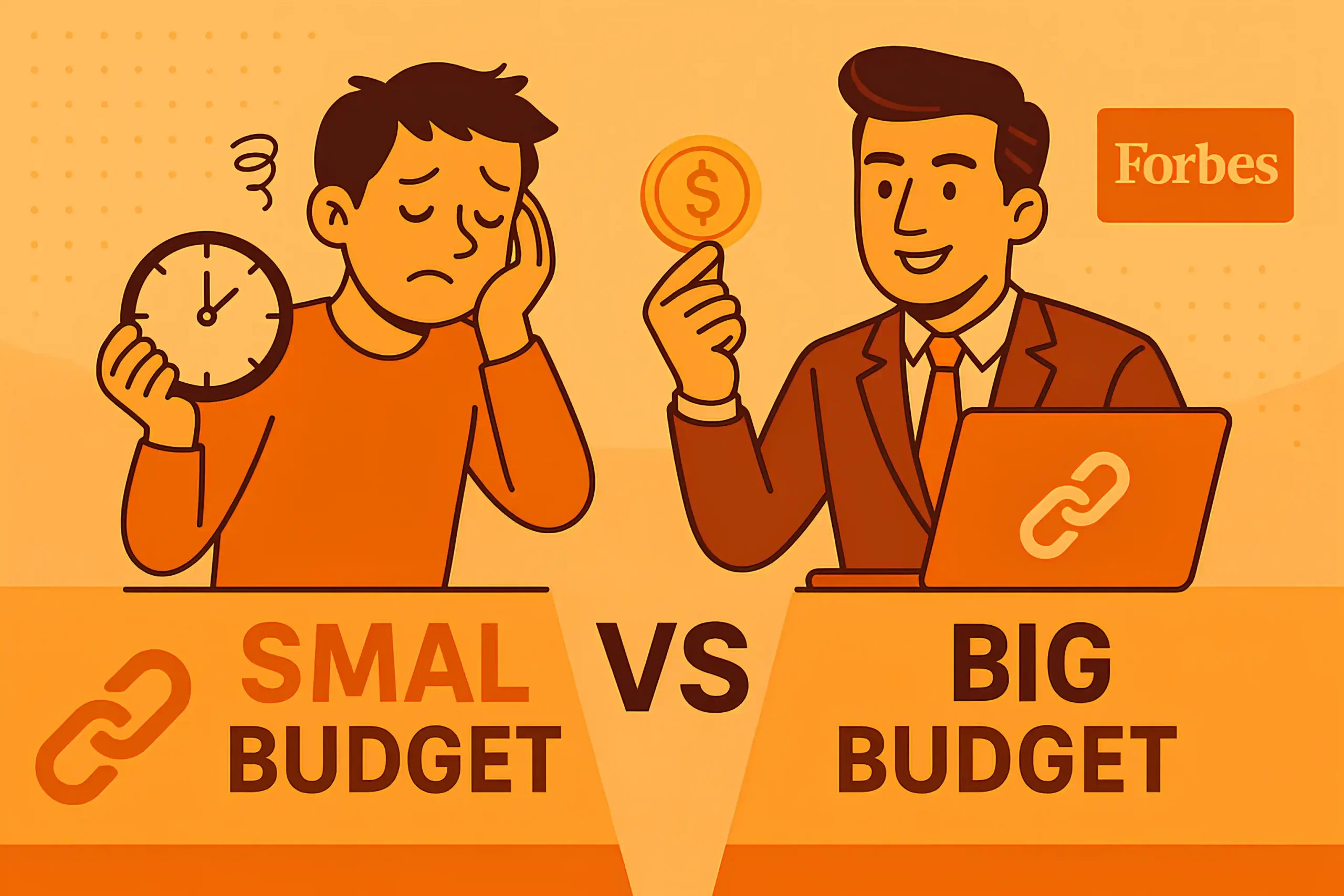
That price can change fast depending on the domain strength, content quality requirements, editorial process, and how “real” the website is. If the link is on a local news outlet or a university site (like from a scholarship campaign), the price isn’t always money; it’s time, planning, and connections.
In short, if you’re planning 5 to 10 links per month, you’ll likely need a monthly budget between $800 and $2,500, depending on some factors.
If you’re serious about going deeper into this topic, we also have a full guide on link building pricing, where I break down all the cost models, from one-off payments to monthly retainers, and the factors that drive up cost.
If you’re just starting, you don’t need to go all-in immediately, and no-contract SEO is a great option to begin (IMO). Some agencies or freelancers offer one-off local SEO packages, so you can get 2–3 high-quality links and see how it goes. You pay once, there’s no long-term commitment, and you get a taste of what’s possible.
If you’re in a small town and you’re a plumber or a family dentist, you might not need more than 45 to 50 local links to rank well, assuming your on-page SEO, content, and Google Business Profile are already set up.
But if you’re in a competitive market, like a personal injury lawyer in Dallas or a medspa in Miami, you might need 70, 100, or even 100+ links to compete, depending on what your top-ranking competitors already have.
It’s also important to keep safety in mind. If you’re wondering how many backlinks are safe, check out my guide.
Yes, you can outsource local SEO services (link-building, on-page, etc), and in many cases, it’s the smartest step you can make as a business owner. Local link building takes time, patience, research, outreach, and follow-up. If you’re running a business, you probably don’t have the time to email bloggers, pitch journalists, wait for directory approvals, or write guest content every week.
A good local SEO agency or freelance link builder will already know how to secure links through local blogs, best-of lists, sponsorships, partnerships, PR features, and local citations, without putting your site at risk.
To rank in the local Map Pack (the top 3 map results you see when you search for things like “SEO agency near me” or “best dentist in Chicago”), links aren’t the first factor, but they are still important.
The biggest drivers of Map Pack rankings are your Google Business Profile (GBP) signals that includes how complete and optimized your profile is, your primary category, your proximity to the searcher, how many high-quality reviews you have, and how consistently your business info appears across the web (called NAP consistency: Name, Address, Phone).